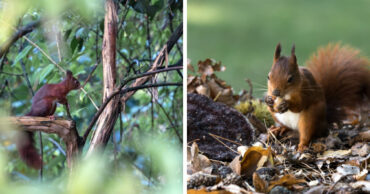Eighteen years after Madeleine McCann disappeared from a Portuguese resort, a woman who once claimed to be the missing British child has explained in court what led her to believe she could be her.
During a hearing at Leicester Crown Court, 24-year-old Polish woman Julia Wandelt shared how confusion about her origins and family history pushed her to search for answers online. DNA test results and comments from a charity worker, however, have shed doubts about Wandelt’s claims.
Julia Wandelt is convinced that she is Madeleine McCann, whose disappearance has haunted families for nearly two decades
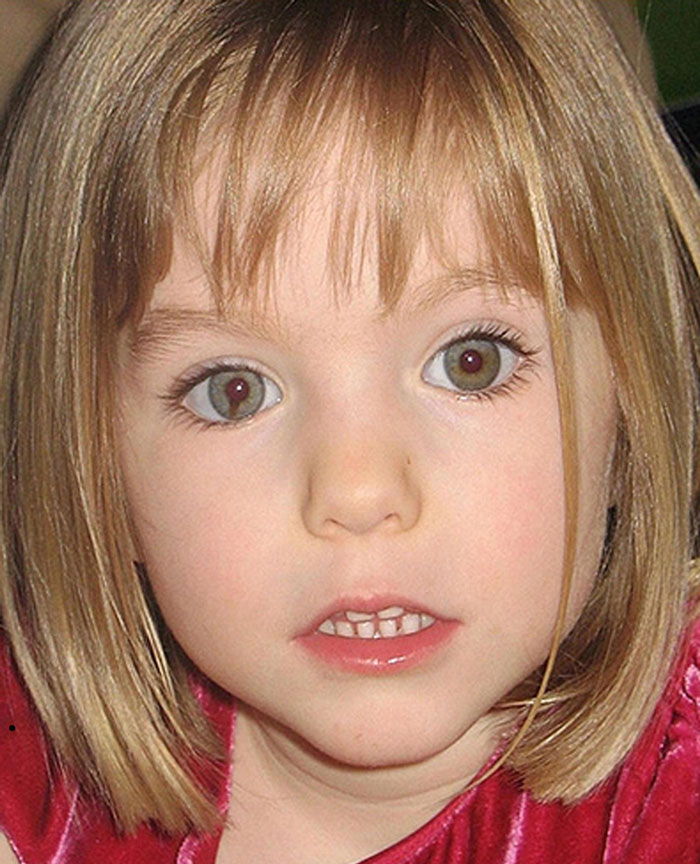
Image credits: IPA
Madeleine McCann vanished from her family’s holiday apartment in Praia da Luz, Portugal, in 2007 while her parents, Kate and c, were dining with friends nearby.
When Kate returned to check on the children, Madeleine, who was three at the time, was nowhere to be found. Her disappearance sparked one of the world’s most publicized missing person investigations.
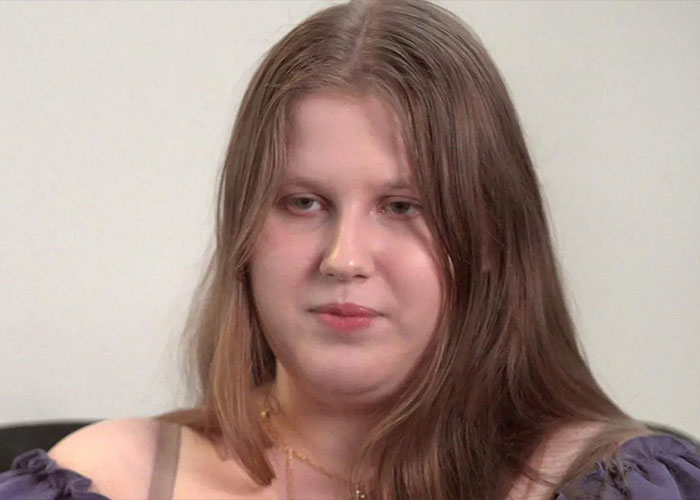
Image credits: BBC
Against this unresolved backdrop, Wandelt came forward in 2022, claiming she might be the missing girl.
Her story spread quickly on social media, dividing the public between those who sympathized with her confusion and others who questioned her claims.
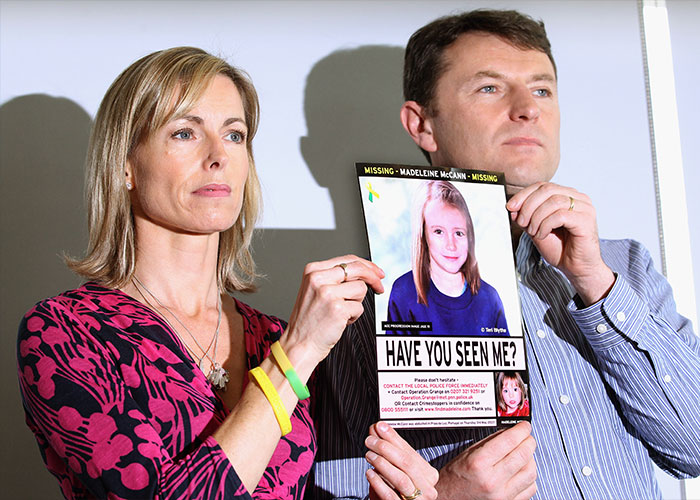
Image credits: Getty/Dan Kitwood
Unfortunately for Wandelt, she ended up being accused of stalking Madeline’s parents, Gerry and Kate McCann. For more than two years, Wandelt allegedly bombarded the couple with phone calls, texts, and emails claiming that she was their missing daughter.
Wandelt, as well as co-defendant Karen Spragg, 61, deny one count of stalking.
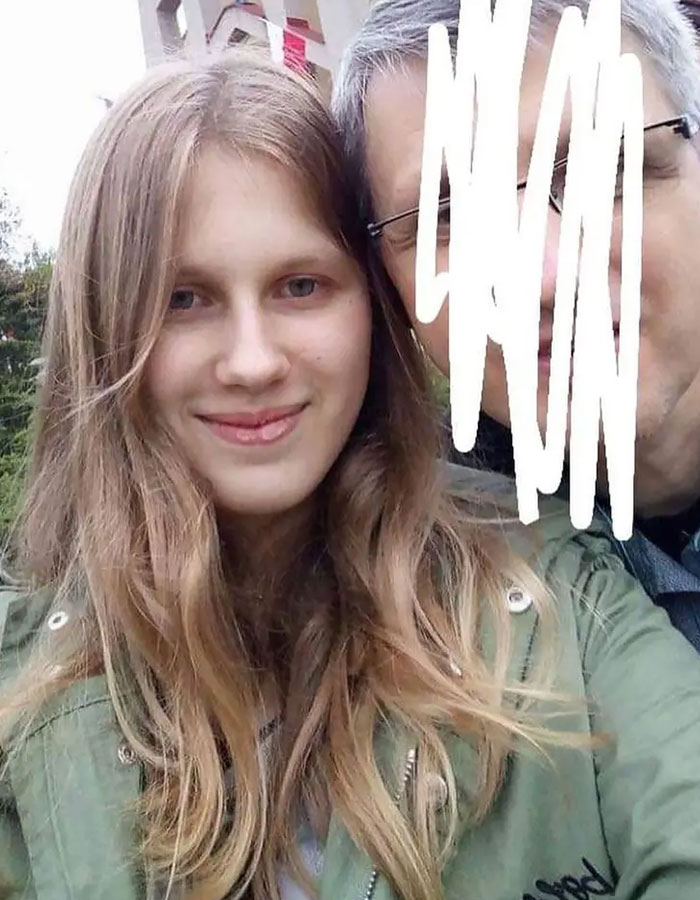
Image credits: iammadeleinemccan
During the trial, Wandelt stated that she discovered records for Madeline’s case by searching on missing persons databases. She later joined Facebook groups dedicated to the missing girl.
“There were a lot of people talking about a lot of theories,” she told the court. She also noted that she does not believe she is her parents’ biological daughter, according to Unilad.
When asked about her reasons behind these sentiments, Wandelt stated that “My mother has natural brown hair and brown eyes. My father has dark hair, now they are grey, but he had dark hair and brown eyes as well.”
She also told the court that when she had asked her parents for her birth certificate several times, they allegedly “never wanted to provide me with it.”

Image credits: Netflix
Wandelt reportedly wanted her birth certificate because she believes she was adopted. Her parents, however, reportedly deny this.
DNA test results appear to have debunked Wandelt’s claims, but she is not giving up
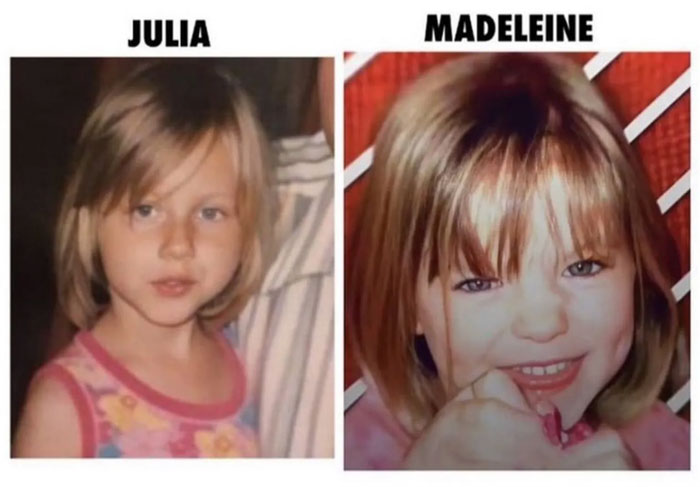
Image credits: iammadeleinemccan
During the trial, Wandelt claimed that her parents had turned down her requests for DNA testing “many times,” which strengthened her belief that something about her origins was being hidden.
“It made me feel a bit surprised because I didn’t expect them to refuse, especially because at that time I still dealt with a lot of emotional problems,” she said.

Image credits: Youtube/Dr. Phil
According to a GMT report, forensic scientist Rosalyn Hammond told the court that a test had eventually been performed, and they showed that there was “not a match” between Wandelt’s and Madeleine’s DNA profiles.
Madeline’s DNA sample was taken from a pillowcase taken from her family home following her disappearance.
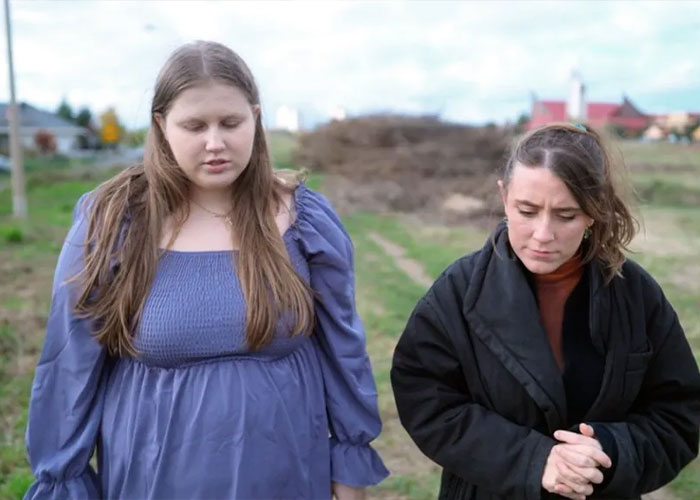
Image credits: BBC
The test results indicated that Wandelt was not the biological child of Kate and Gerry McCann, or even just one of them. Previously, Wandelt reportedly claimed that she had a nearly 70% DNA match with a sample taken from Praia da Luz.
Hammond, for her part, told the court that the test results “strongly favour the proposition Julia Wandelt is not the biological child of the person who left the floor DNA profile.”
DC Aaron Horn also informed the court on Wednesday that Wandelt had been exchanging messages with ChatGPT, asking the large language model (LLM) about her potential link to the McCanns.
A charity worker shared that Wandelt had made similar claims before
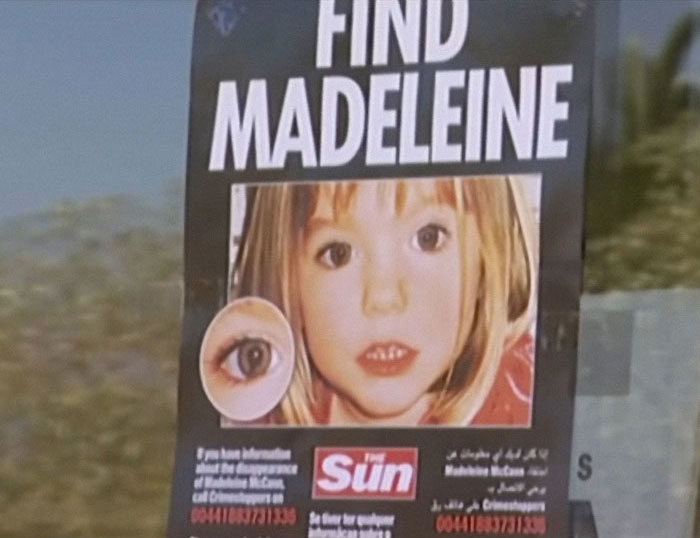
Image credits: 48 Hours
Appearing via video link, Iwona Modliborska, who runs a missing persons charity in Poland, testified that Wandelt had contacted her before making her claim that she was Madeline. According to Modliborska, Wandelt previously said she could be two other missing girls.
Initially, Wandelt reportedly claimed to be Inga Gehricke, a girl who disappeared in Germany in 2015.
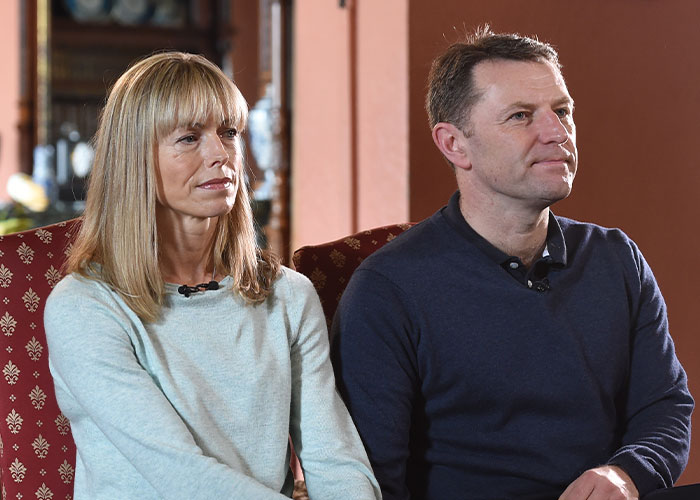
Image credits: Getty/WPA Pool
“She returned with a new story weeks after being told she was not Inga Gehricke,” Modliborska said.
Wandelt reportedly reached out again, this time claiming to be Acacia Bishop, a child kidnapped in 2003.
“She sent photographs of her and Acacia Bishop, but there were no similarities, and there were no marks specifically that could really indicate it was her,” Modliborska said.
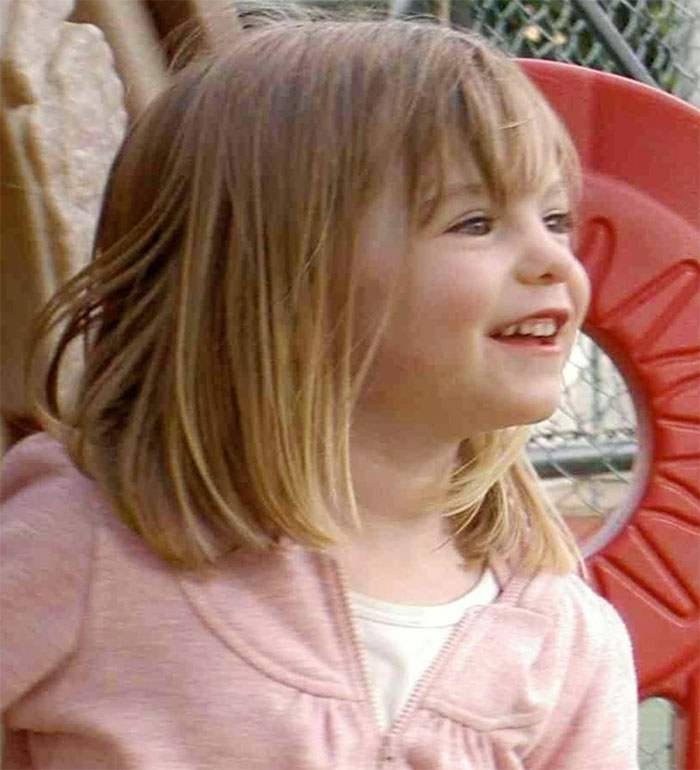
Image credits: Netflix
Ultimately, Wandelt claimed that she was Madeline, though Modliborska was skeptical. “I knew she was not similar to Madeleine. I tried to convince her again, but she was well-prepared and it was not easy,” she added.
“I knew from the very start that it was rubbish. I tried to make her be aware that she was wrong. She did not accept that.”
Netizens shared their thoughts on Julia Wandelt’s claims on social media
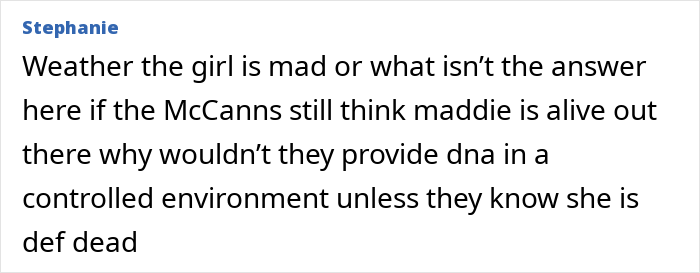

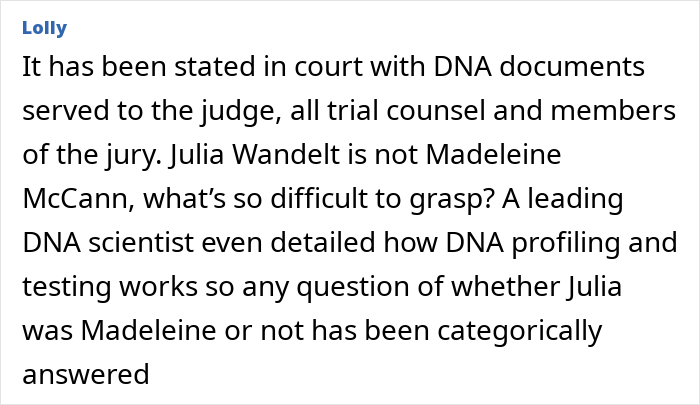









 Follow Us
Follow Us



